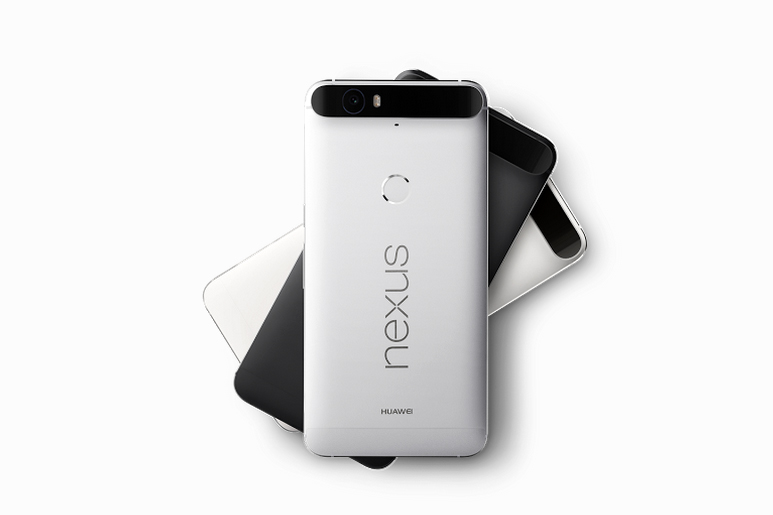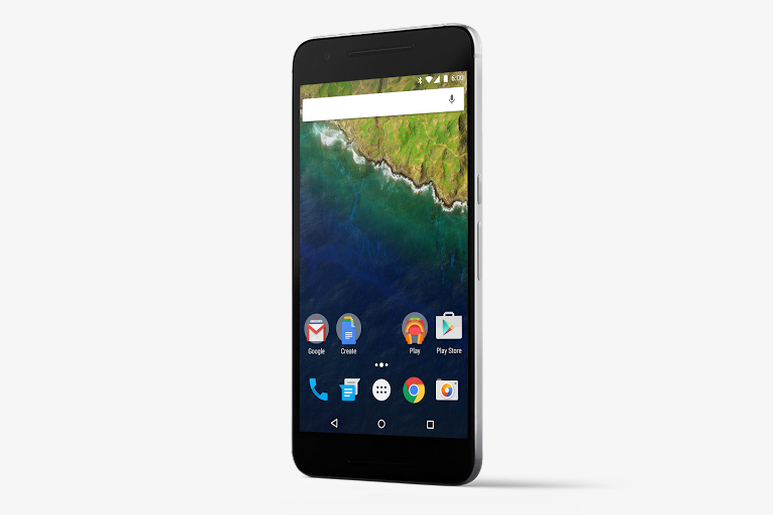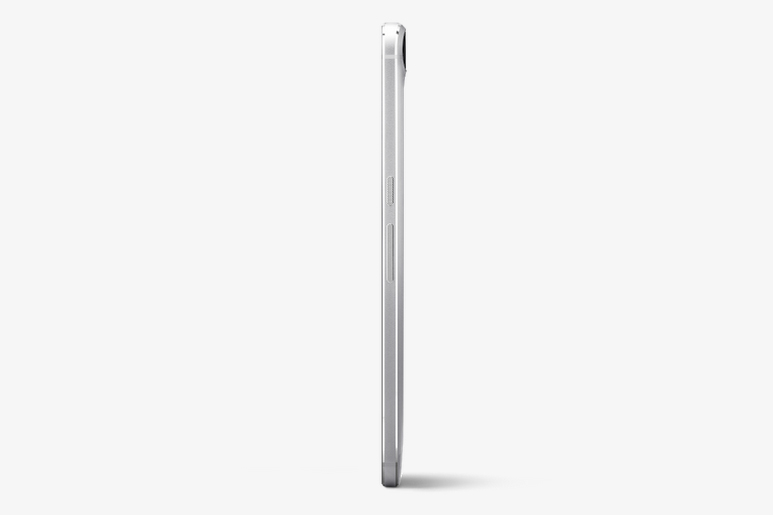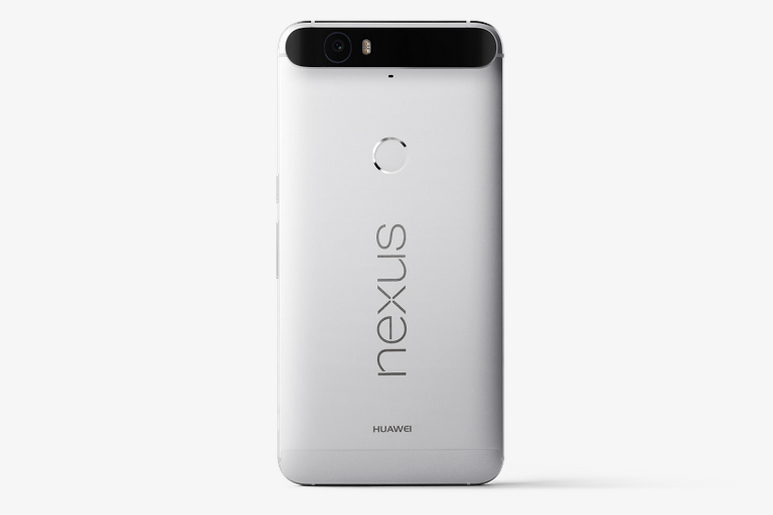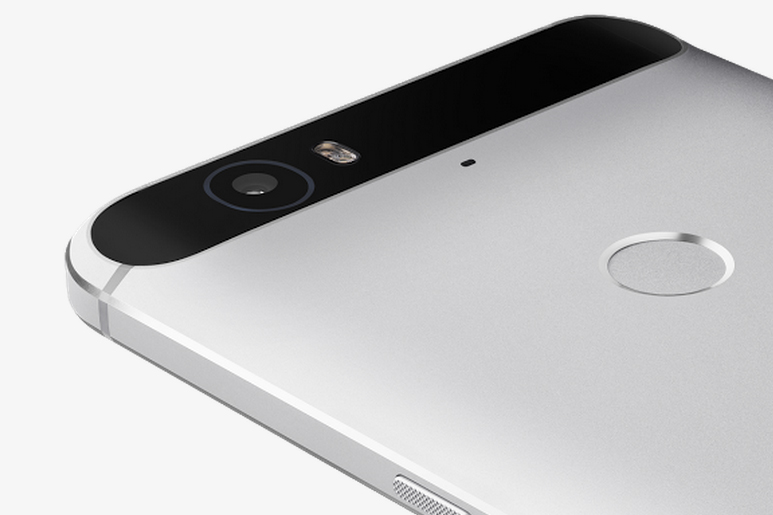Google’s Nexus event has introduced a host of new products and software updates, including its latest phablet flagship, the Huawei Nexus 6P. Here’s everything you need to know about the new smartphone, which is coming soon to Google Stores.
Now featuring a slightly smaller, but more ergonomic 5.7-inch display, the Nexus 6P comes with Android 6.0 Marshmallow, a 64-bit Qualcomm Snapdragon 810 8-core processor, USB Type-C charging, and a 12.3-megapixel camera with new low-light and slow motion technology.
The Nexus 6P’s 5.7-inch WQHD AMOLED screen doesn’t have a higher resolution than the Nexus 6, but it does boast a greater pixel density given the slightly smaller display. It also maximizes the area of the screen for 74-percent coverage of the device, which Google says will provide a “more immersive experience.” Google also managed to cram stereo front-facing speakers onto the front of the Nexus 6P, too.
The Nexus 6P will feature a new 64-bit Snapdragon 810 8-core processor, as opposed to a new 6-core Qualcomm or 8-core Exynos processor such as those we’ve seen from LG or Samsung. However, the Nexus 6P will also have Google’s new “Sensor Hub,” a processor designed to allow for low-power monitoring of the phone’s various sensors while the device is asleep.
Powering the Nexus 6P is a huge 3,450mAh non-replaceable battery, which can be juiced up with a fast-charge compatible USB Type-C reversible connector. There won’t be any wireless charging, though. Other flagship phablets like the Samsung Galaxy Note 5 have wireless charging. Google does claim that the Nexus 6P can charge in just half the time of Apple’s iPhone 6 Plus.
Despite packing a 5.7-inch display and larger battery, the Nexus 6P manages to keep a minimal size, reducing its width and thickness from the Nexus 6. It’s 6.27-inches x 3-inches x 0.29-inches. The “sculpted” all-metal design comes in three colors: Frost white, graphite black, and raw aluminum.
On the back, the Nexus 6P features a slightly smaller 12.3-megapixel camera, but it’s powered by a Sony sensor with a much greater 1.55 micron pixel size. Google claims that with the larger pixel size, you won’t even need Optical Image Stabilization (OIS), which is something we’ve come to expect on phablets like the Note 5 and LG G4. Google says the Nexus 6P will offer better low-light images, and feature laser-focus technology for faster focusing. The front of the device has an 8-megapixel camera for better selfies, too, and you’ll be able to quickly take animated GIFs and 240 FPS slow-motion video on the Nexus 6P.
In conjunction with Android 6.0 Marshmallow and
Android 6.0 will also featured some polished improvements to the
The Nexus 6P will be available exclusively at the Google Store unlocked, starting at the $500 for the 32GB model, going up to $550 for the 64GB model and $650 for the 128GB model. It will be compatible on all the major carriers, as well as Google’s own carrier service, Google Fi. However, there’s no word on whether any carriers are figuring out a monthly payment deal for the smartphone, much like with Apple’s new iPhone 6S and its Apple Care warranty program. The Nexus 6P will however have an $90 2-year insurance policy you can buy for accidental damage, if you want.
You can pre-order now on the Google Store.
Editors' Recommendations
- Does the Huawei P50 Pro take better pics than the Pixel 6 Pro?
- Google Pixel 6 vs. Apple iPhone 13: Is Google’s new flagship an Apple eater?
- Google Pixel 6 pricing looks set to match Apple’s iPhone 13
- Huawei P40 Pro Plus vs. iPhone 11 Pro Max: Best of Huawei meets best of Apple
- Camera shootout: Can Huawei’s P40 Pro Plus beat Apple, Samsung, and Google?
